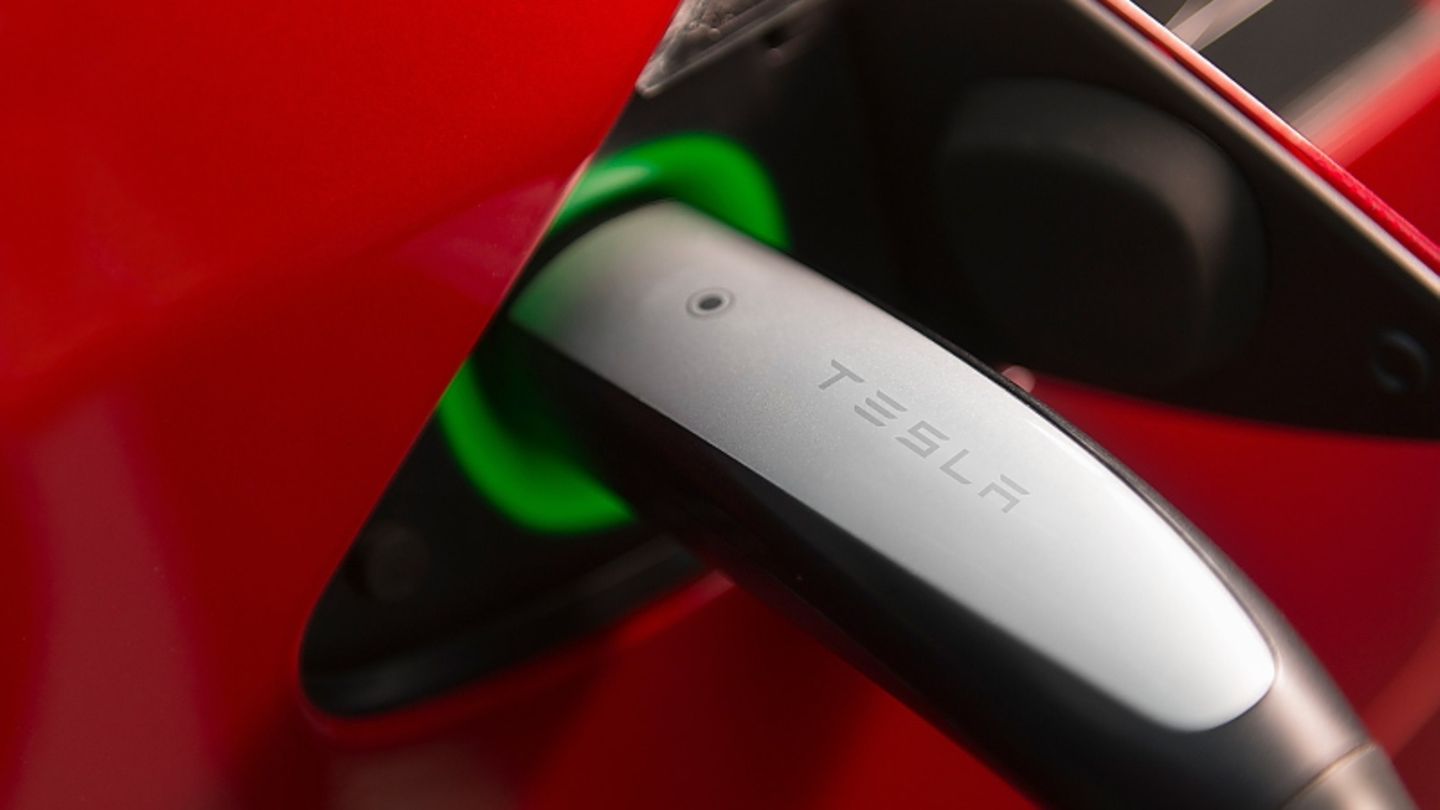Tesla is increasingly opening up to other electric customers and is constantly expanding its charging network, especially in Europe. But there are sometimes problems with global expansion, because not only have vacancies at Tesla declined sharply, but ten percent of employees are said to lose their jobs.
The range of electric cars is growing almost every month and so the charging infrastructure is becoming increasingly important. Gone are the days when there were still free city charging spots, at least in the morning hours. So far, most Tesla customers have not had any major problems with the charging infrastructure – at least in Europe. While the Tesla Superchargers in the USA are regularly tight, especially on weekends and around major events, things are different in Europe. The drivers of Model 3, X, Y or S not only have their own charging network, but also local providers, EnBW or Ionity. In addition, the Tesla network of superchargers will be gradually expanded. With the recent opening of the Supercharger in Avignon, France, the number of Tesla charging locations on the continent has increased to 800 – with almost 9,000 Supercharger fast charging stations. The geographical development of European countries is also improving – with a first location in Latvia at the beginning of June, the American car manufacturer is now available in 30 European countries.
The 800th location in Avignon, located on the French main traffic route on the way to Marseille and the Côte d’Azur, includes an impressive 28 fast charging stations. However, the largest European supercharger location is still in Nebbenes, Norway, with 44 fast charging stations. The average per location is now just over 11 Superchargers. Improved battery and charging technologies enable increasing charging speeds. With the new V3 superchargers, models such as the Tesla Model 3 and Model Y with the larger battery variant achieve peak rates of up to 250 kilowatts and are therefore almost at the level of the Audi E-Tron GT and Porsche Taycan, which refuel with up to 270 kilowatts be able. This enables an electric range of 80 to 100 kilometers in five minutes.
The Tesla charging network is now also opening up to other brands. Third-party brands currently have access to around 250 Supercharger locations in 13 markets and thus 3,600 fast charging stations. Tesla thus operates the largest public fast charging network in Europe from 150 kilowatts charging capacity. In Germany, Tesla currently operates 128 Supercharger locations with over 1,600 quick charging stations.
When it comes to expansion, the bustling Americans are slowly stepping on the brakes. According to calculations by analysts at Global Data, global job postings in the Asia-Pacific region fell by 87 percent year-on-year. In June, the US automaker, which now also manufactures vehicles south of Berlin, announced plans to lay off 3.5 percent of its workforce. In addition, Tesla plans to reduce the number of its employees by a tenth and increase the number of its hourly employees over the next three months. “Elon Musk’s discussions about the recession and its risk to the economy are doing the rounds in the media,” said Sherla Sriprada, analyst at Global Data, “Tesla’s June 2022 drop in job postings suggests that hiring is also picking up in slowing down in the APAC region, not just in the US. Supply chain disruptions, transportation costs and increased raw material and labor costs due to the COVID-19 pandemic continue to weigh on Tesla.” Despite the planned expansion, Tesla is not doing any better than its international competitors.
Source: Stern
I am a 24-year-old writer and journalist who has been working in the news industry for the past two years. I write primarily about market news, so if you’re looking for insights into what’s going on in the stock market or economic indicators, you’ve come to the right place. I also dabble in writing articles on lifestyle trends and pop culture news.



